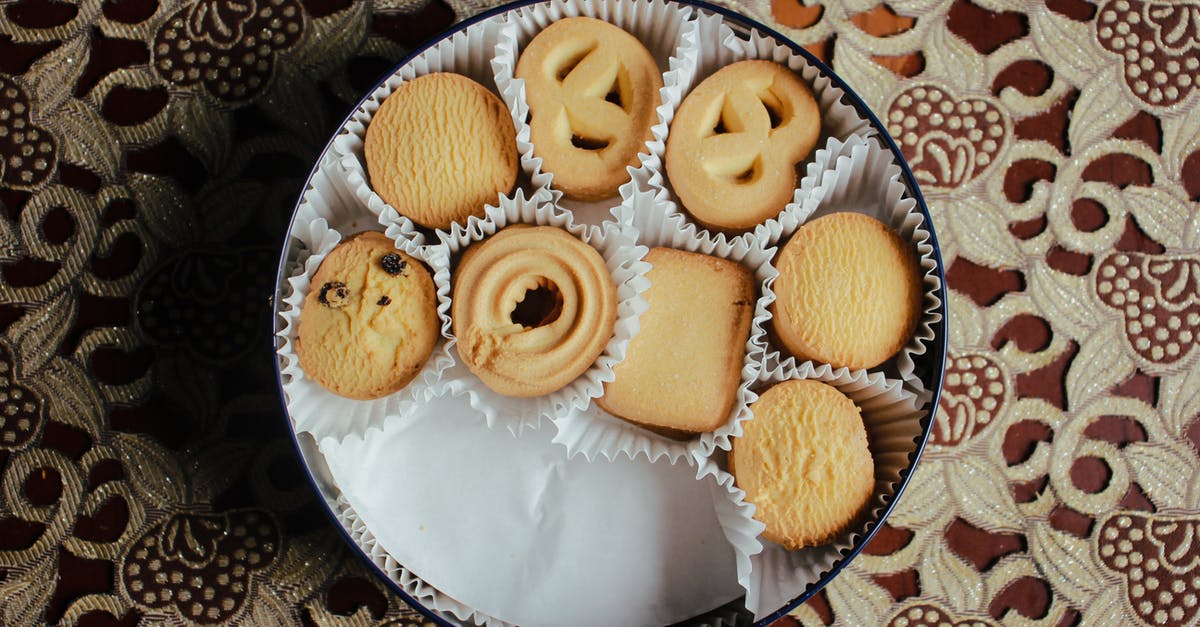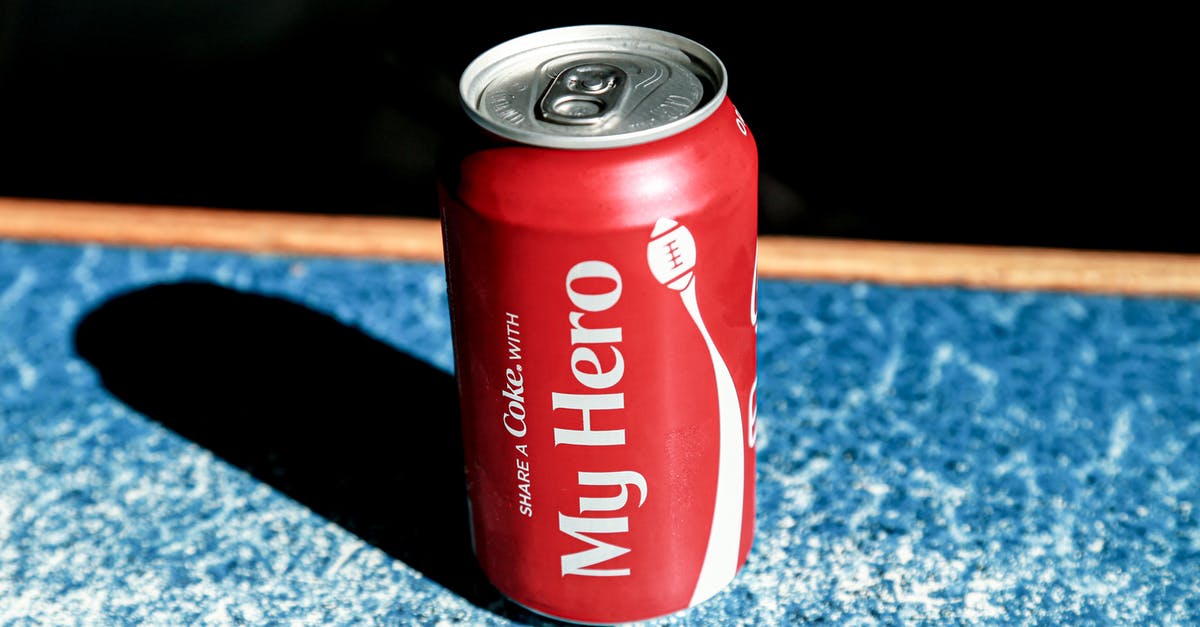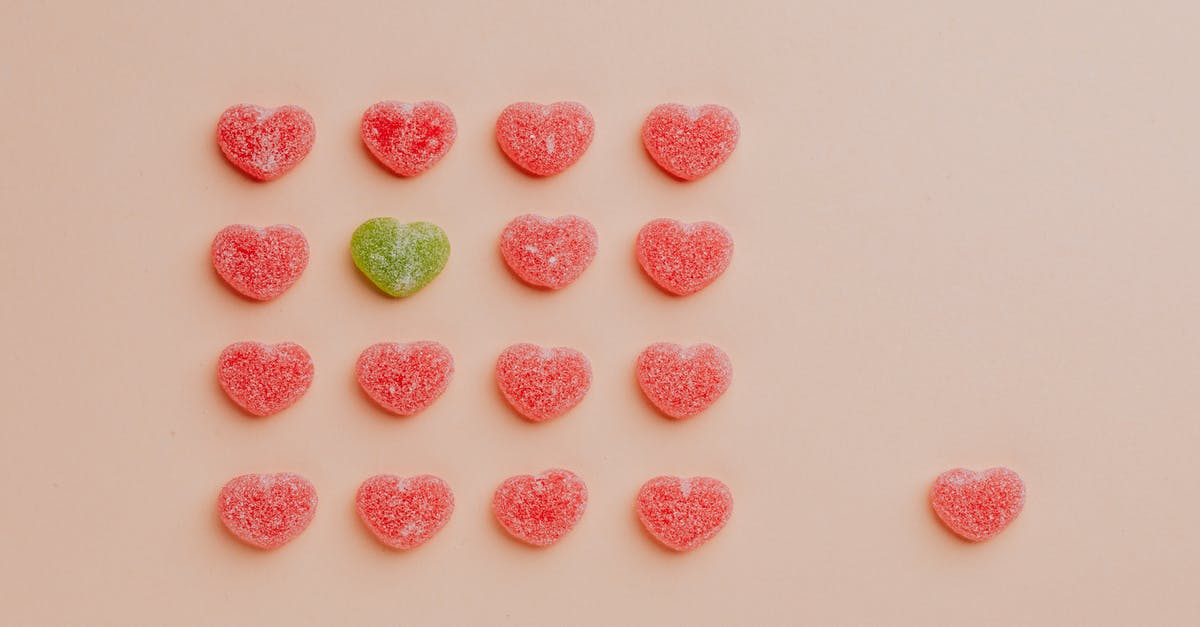How can I tell the difference between unmarked sugar and stevia?

My wife just started back on her doctor-recommended ketogenic diet (due to a medical history of high blood pressure and Crohn's disease in her family). She's to have reduced carbohydrates and sugars, and to use artificial sweeteners for anything she would normally add sugar to.
While making our morning coffee, I found a clear plastic container with what looks like stevia stored away - a taste confirms that it has a slightly different taste than the sugar I have on hand.
But I want to be absolutely sure before I recommend she use it in her baking - is there any surefire way to tell if this is stevia and not sugar?
Note: It may also possibly be Truvia.
Best Answer
Don't throw it away. Worst case you use up the mystery sweetener on yourself, and use a new pack of Stevia for your wife and anything you share. That's what I recommend if you're not convinced by my solution or don't have sensitive kitchen scales.
At room temperature, sucrose (normal sugar) is very soluble in water: about 200 g of sugar will dissolve in 100 g of water.
It's harder to get a figure for the solubility of Stevia as it's not a single compound but a mixture of related compounds. However various patents claim "high solubility" stevia preparations of around 30 g per 100 g water, or around 1/7 as much.
This is enough of a difference to test: If (with plenty of stirring but no heat) the mystery sweetener will dissolve in an equal mass (weight) of water, it's sugar. If not it's stevia. This only works if you weigh it. You can't do this by volume.
You can always compare to known sugar; a comparison to know stevia is less useful unless it's identical, and brands evolve. The conclusion holds for fructose too (that's even more soluble), but glucose, which you're unlikely to have as pure powder at home, needs slightly more than its own weight of water to dissolve it.
Pure stevia is much sweeter than sugar, and when concentrated may have an aftertaste. It's also sold blended. When blended with other sweeteners the solubility test probably still applies (certainly in the case of erythritol, find in Truvia). Sometimes stevia is bulked out to make it a more direct substitute for sugar. The bulking agents may well be rather soluble and a source of carbohydrates (maltodextrin is sometimes used).
Pictures about "How can I tell the difference between unmarked sugar and stevia?"



How can you tell the difference between stevia and sugar?
Differences Between Sugar And Stevia The leaves of the stevia plant contain substances called glycosides that give it its sweet flavor. Comparatively, stevia is 30 times sweeter than sugar in its whole leaf form and almost 300 times sweeter once it has been refined.How do you test for stevia?
Typically, analysis of stevia is done by high-performance liquid chromatography (HPLC). The Joint FAO/WHO Expert Committee on Food Additives (JECFA) has published several revisions to its original 2006 monograph that used an HPLC method with an NH2 column and UV detection.What color sugar is stevia?
Green: Stevia It is derived from a South African shrub, which is why it's often referred to as a "natural" sugar substitute. It has no calories, is 200 times sweeter than sugar, and is the second most popular non-sugar sweetener in the United States. (Sucralose is at the top.)How can you tell the difference between sugar and sweetener?
- Sugar refers to easily metabolized carbohydrate; sweetener is an additive that is added to foods for the sweetening effect.
- Sugar in all its forms does not require authentication; sweeteners need to be approved by an accreditation body or the EU.
- Sugar is caloric, while sweeteners can be caloric or non caloric in nature.
The Problem with Stevia
More answers regarding how can I tell the difference between unmarked sugar and stevia?
Answer 2
Ants don't care about artificial sweeteners.
Make two piles: one of your mystery sweet stuff and one of real sugar (as a control to make sure there are ants around). Maybe moisten them some or make syrup. Leave them outside somewhere you see ants. Then check them later.
Carbohydrates (sugar) are fuel for all animals. Stevia has no food value. Ants taste things differently than we do. They only care about stuff with food value: real sugar. They will not go to artificial sweeteners.
Experiment on yourself.
Or you could use yourself as a guinea pig. Eat the ketogenic diet with your wife. When your ketostix are good and purple you are in ketosis. Then eat a hog load of the mystery powder. Sugar will break ketosis within 15 min and your ketostix will go back to white. If it is sweet and does not break ketosis then it is fine for the ketogenic diet. That is what she really wants to know, anyway.
Answer 3
This answer is specific to OP's situation, and doesn't apply for the general case where "getting it wrong" has fewer consequences.
is there any surefire way to tell if this is Stevia and not sugar?
No, there is no surefire way you can tell.
Within the bounds of an everyday kitchen, and lay-person knowledge; there is no method by which you will be 100% certain of the contents of the jar. As this is for the health of your partner, who has a medical condition - it is not worth taking any risk whatsoever.
Furthermore; testing that the majority of the jar is Stevia, does not ensure that the jar only contains Stevia.
The cost of a new jar of Stevia, is far lower than the cost of accidentally harming your partner. I would strongly recommend not to take any risk, and accept the cost of replacement as part of your transition to a new, better labelled life-style.
Of course, the existing jar does not have to go to waste, I'm sure you have plenty of neighbours and friends who will happily make use of a jar of "probably Stevia".
Answer 4
Wow, do not throw it away, especially if you have a scale or yeast handy. There are 2 easy methods to determine whether the unknown sweetener is sugar or not.
Try fermenting unknown sweetener with yeast
With the exception of lactose, yeast can feed on all "real" sugars, or at least the ones you'd normally keep in your kitchen. On the other hand, in all of my testing, I was unable to get any "artificial" sweeteners to be fermented by yeast. Those tests included Splenda (maltodextrin + Sucralose), erythritol, and even allulose (psicose). The same would likely be true for Stevia granular sweetener, as it's a mix of maltodextrin + stevia.
Use weight and taste to determine sweetener type
First of all, pure stevia powder that isn't cut with anything would be incredibly sweet (with possibly a bitter aftertaste): the sweetness is much more concentrated than sugar. Generally, pure sugar substitutes like stevia extract, sucralose, etc. are usually "cut" or bulked with less sweet ingredients like maltodextrin (hardly sweet at all) or erythritol (75% as sweet as sugar).
Anyway,
1 cup of sugar weighs around 200 g.
1 cup of Truvia (erythritol and stevia extract) should weigh around 224 g.*
1 cup of Swerve (erythritol, oligosaccharides and natural flavors) should weigh around 204 g.*
1 cup of Splenda (maltodextrin + sucralose) should weigh around 27 g (yes, it's that light).
1 cup of maltodextrin + stevia extract should also weigh around 27 g.
If she's ever used this sweetener for baking, then it's unlikely that it's Equal (aspartame), as that loses its sweetness when subjected to heat.
* Note that any sweetener that contains erythritol will be easily distinguished by the extreme cooling sensation it has on the tongue compared to other sweeteners. With Swerve in particular, I've found the that the sweetness sensation seems to linger for minutes after I've tasted it (provided I don't eat anything else). I don't get the same experience with Splenda. Sorry, I don't know how this compares with sugar (sucrose), as it's probably been 7 years or so since I've tasted it.
Answer 5
OK, this one will not be very practical, but I was inspired by one of the answers who claimed that
there is no surefire way to tell
But there is.
Sugar is optically active. A linearly polarized light beam will rotate while traveling through sugar. There is an instrument that measures this called polarimeter and, actually, its main use in business is to measure sugar quality by this exact property.
So, if you somehow manage to get access to one, just check which of your substances does make the beam turn.
Answer 6
Put a pinch of each into a pan and heat it.
Real sugar will turn into brown and sticky caramel. Sweetener won't.
Sources: Stack Exchange - This article follows the attribution requirements of Stack Exchange and is licensed under CC BY-SA 3.0.
Images: Antonio Prado, Karolina Grabowska, Hanbo Wang, Karolina Grabowska
